Government opts for second Gotthard tunnel

The Swiss government’s decision to construct a second road tunnel through the Gotthard – to allow renovation on the existing facility – has triggered a mixed reaction of approval, scepticism and concern.
In announcing the decision on Wednesday, Transport Minister Doris Leuthard said the government had studied the issue thoroughly. “Every option has advantages and disadvantages and is technically possible … The second tunnel is the one that makes the most sense.”
The plan envisages full closure of the current 30-year-old tunnel, one of Europe’s major north-south transit routes, for two-and-a-half years, as opposed to partial closure over a longer period.
The projected cost of the second tunnel option is “close to SFr2.8 billion” ($2.9 billion). This estimate includes the cost of keeping the current road tunnel in operation for longer as the new tunnel would be finished in 2027 at the earliest.
The government accepts that the investment is higher than for the other options but argues that as it would be a sustainable investment the money is better spent.
Constitution
Some six million vehicles per year pass through the Gotthard but Leuthard said the plan was not to increase capacity with the second tunnel.
The volume of traffic is important because the Swiss constitution specifies that the capacity of transit roads in the Alpine region cannot be increased.
When both tunnels are in operation, southbound and northbound traffic will be separated from each other. The government proposes to write into law that only one lane will be used in each, with a second acting as a hard shoulder.
If parliament follows the government’s recommendation a referendum is certain, as the centre-left Social Democrats have already announced. The party called the government’s decision “highly questionable” and claimed it contradicted the will of the people.
In presenting the decision, Leuthard told journalists in Bern that it took into account the needs of Italian-speaking canton Ticino which wants to maintain a good north-south connection while maintenance work is being carried out.
The government of canton Ticino said it was “very satisfied”, describing the second tunnel as the “most logical” solution, while stressing that in general it continued to favour rail as the best way of transporting freight.
“Irrational”
The Alpine Initiative group – which lobbies for the implementation of the 1994 popular vote to transfer freight transport from road to rail – criticised the government’s decision as irrational.
“All the studies have shown that renovation without a second tunnel is achievable and less costly than the building a second tube in advance,” it said in a statement.
The Social Democrats, the Green Party and the Liberal Greens favour the rail solution to cater for traffic during the tunnel upgrade, estimated to cost SFr1.2 billion to SFr2 billion. This would involve loading cars and trucks on to trains and using the Gotthard railway line.
The Gotthard railway line, which normally carries 120 freight trains daily, been closed since June 5 after a landslide and is expected to reopen at the beginning of July. Special provisions have been made to allow freight to go by road instead.
Mixed reaction
Reaction to the government’s decision was mixed, not only in the press but also in the various cantons concerned: Ticino and Graubünden were happy (no increase in traffic capacity); Uri wasn’t (sent a wrong signal for moving heavy loads onto trains).
Tabloid Blick welcomed the news, citing popular support, but noted that none of the ministers who took the decision would be in office when the second tunnel is due to be finished in 2027.
“Ticino is celebrating – and we should celebrate with them. A part of the country basically cut off from the rest for years [when the old tunnel is closed for renovation] – the consequences would be hard to imagine.”
Indeed, “two birds with one stone: doubling and healing,” was how the Regione Ticino saw the second tunnel, although it wondered why the government had changed its mind – “six months ago wasn’t Bern saying it was far from convinced by the idea?”
“Smokescreen around the Gotthard clears,” wrote the Corriere del Ticino, reckoning there were two reasons for the shift in attitude. First, “the soundness of arguments made by economic and political authorities in Ticino”; second, “the tenacity of various parties in refuting arguments advanced by government officials”.
The Tages-Anzeiger in Zurich was less convinced, especially about the requirement for north- and south-bound traffic to move in separate tunnels.
Dam burst?
“If you spend billions on a new tunnel, you want to use the money properly. If traffic is queuing up for kilometres in front of an empty lane, the pressure to open it would be massive.”
It added that the safety argument – that frontal collisions would be avoided (six people died in tunnel accidents between 2001 and 2010) – was just a pretext. “There are far more dangerous stretches of road than the Gotthard Tunnel. They should be renovated, instead of using billions on a tunnel that will apparently be only half-open.”
La Liberté in Fribourg also had its doubts. “In a purely rational world, building a second tunnel would be a sensible move – opening up Ticino, avoiding years of jams and improving safety without increasing traffic.”
But we don’t live in a perfect world, it added, saying it was hard to believe a second tunnel wouldn’t result in more traffic or, worse, threaten the profitability of the rail line that was being built. “Clearly, the government speaks two languages depending on whom it is talking to,” it said.
The Neue Zürcher Zeitung agreed, titling its editorial: “The government risks a dam burst at the Gotthard”.
The Gotthard Base Tunnel (ready 2016) and Ceneri Base Tunnel (ready 2019) will create an ultramodern flat rail link whose highest point is at 550 metres above sea level. This is much lower than the highest point of the existing route through the mountains at 1,150 metres.
The route through Switzerland becomes flatter and 40km shorter, so faster for passengers. Freight trains travelling on the flat route can be longer and pull up to twice today‘s weight – 4,000 tonnes instead of 2,000 tonnes. They will be up to twice as fast.
These two tunnels, plus the Lötschberg base tunnel (opened 2007), are the key elements of the NRLA (New Rail Link through the Alps).
(With input from Thomas Stephens)

In compliance with the JTI standards
More: SWI swissinfo.ch certified by the Journalism Trust Initiative

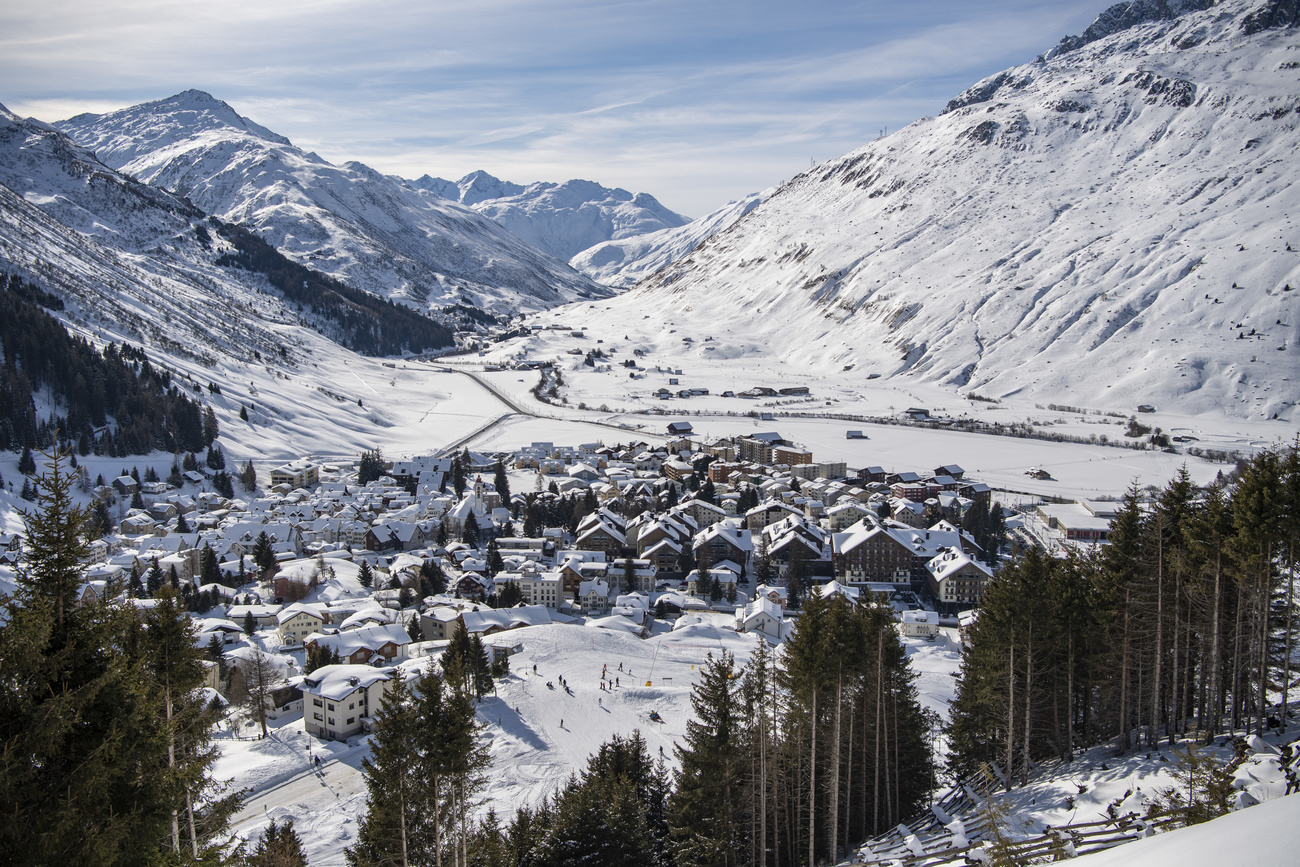
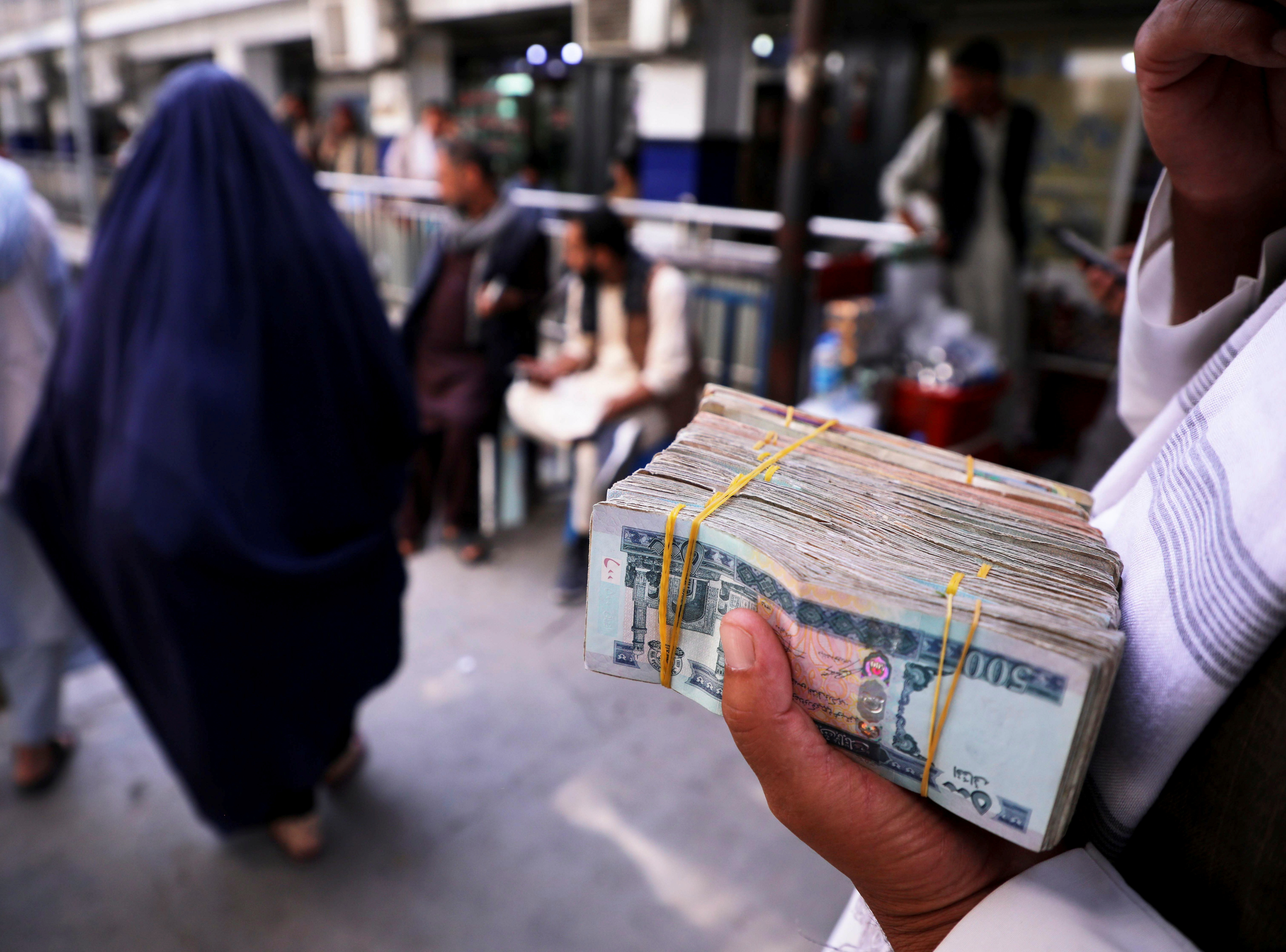


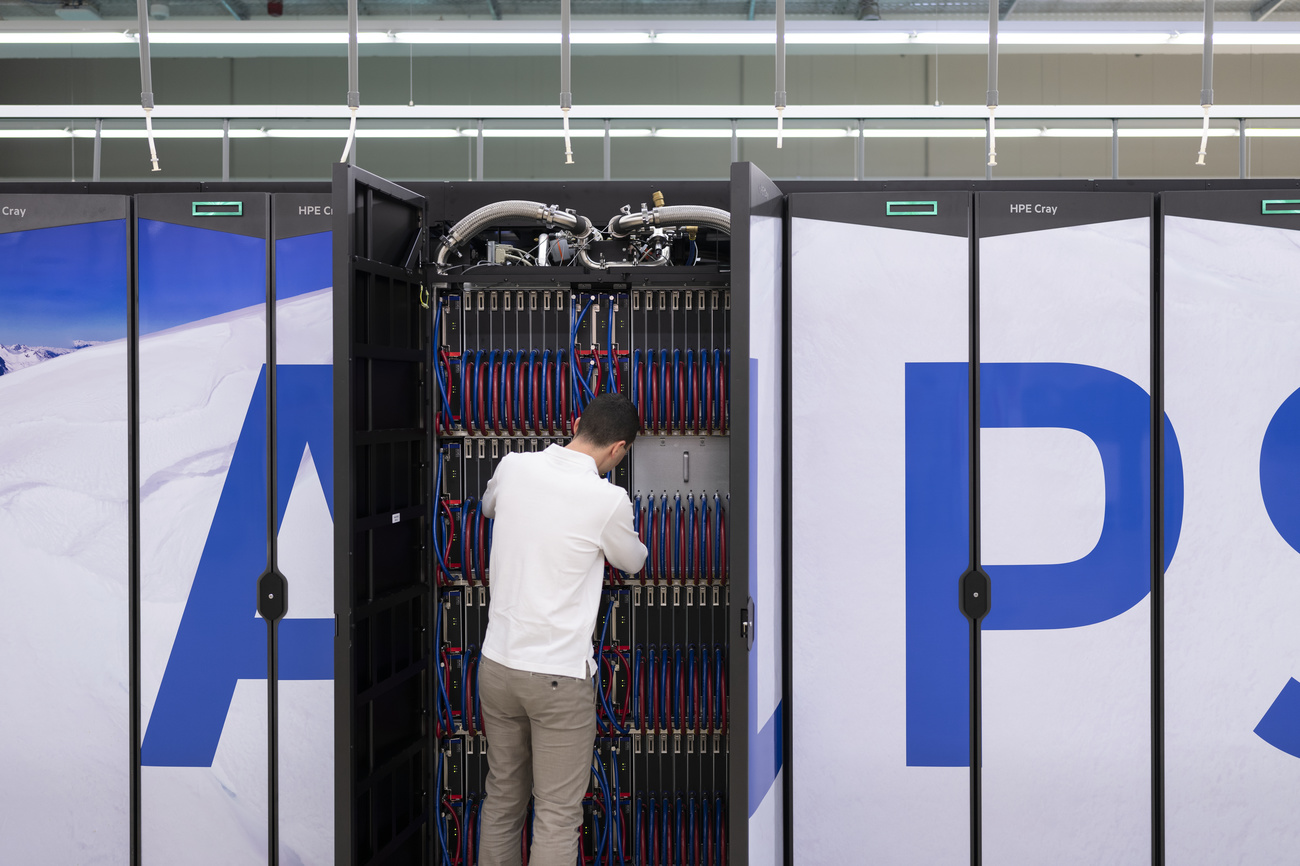



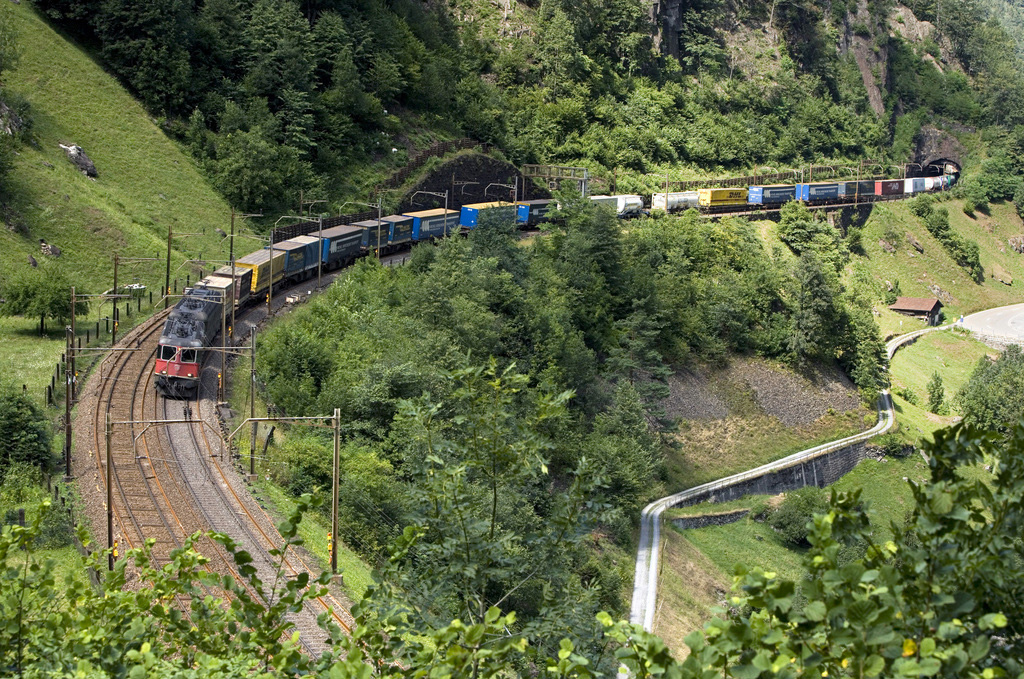
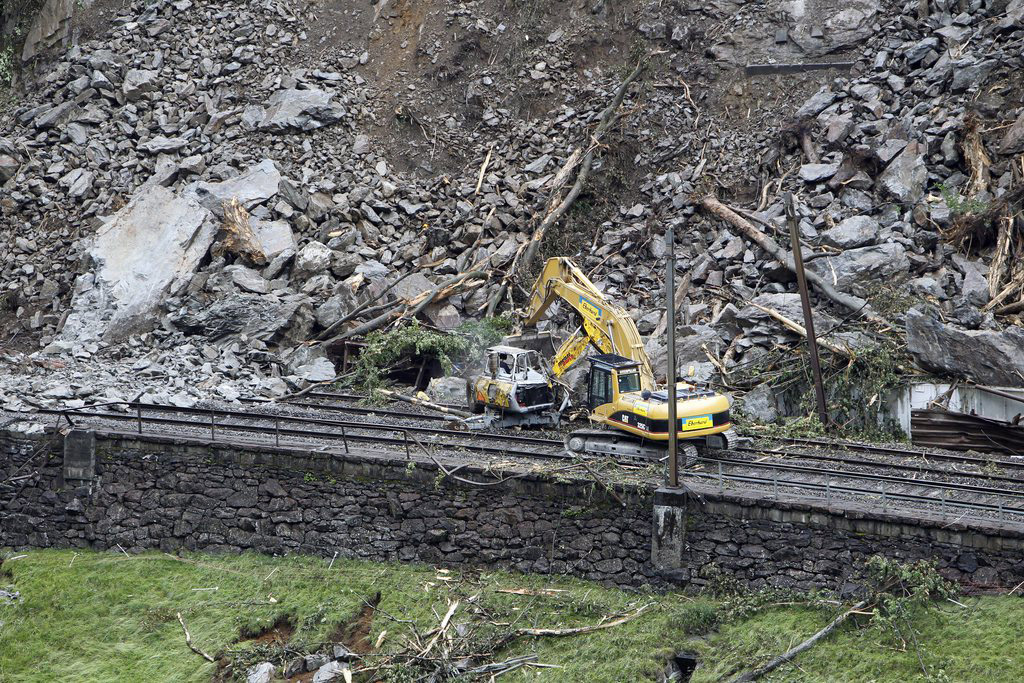

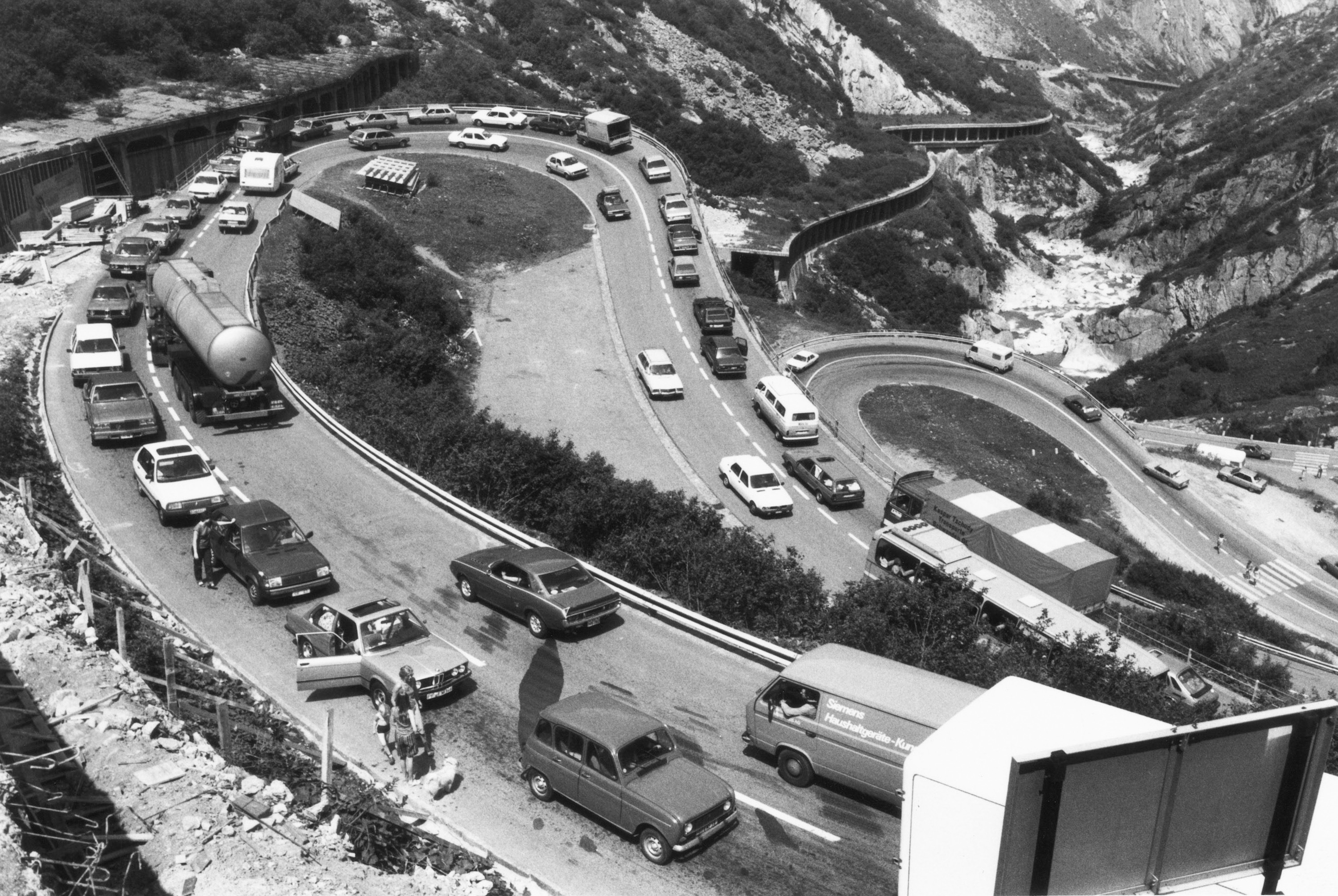
You can find an overview of ongoing debates with our journalists here . Please join us!
If you want to start a conversation about a topic raised in this article or want to report factual errors, email us at english@swissinfo.ch.